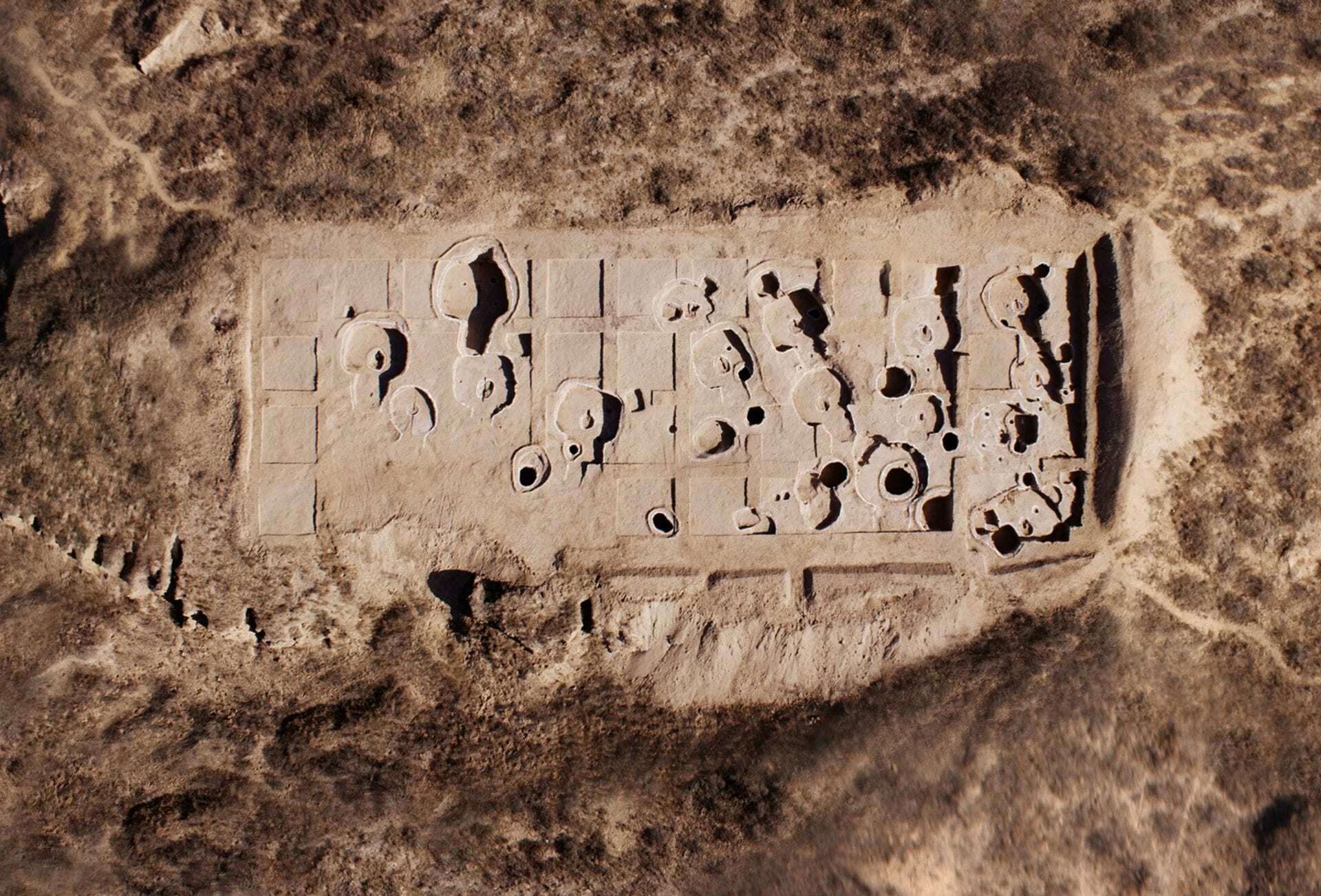A team of archaeologists from Fudan University, in collaboration with project partners have presented new research to suggest that the hare was almost domesticated around 4900 years ago in China.
The researchers excavated the bones of 54 hares from ancient farming settlements on the Loess Plateau in central China.
A scientific study of the hares’ isotopes found that 20% lived on a diet of mainly millet grown by the farmers. One hare had a diet so similar to the farmers, suggesting that the animal was living in a domestic environment for some time, possibly as a pet.
A relationship between humans and hares may have occurred naturally, with the hares being drawn to the crops being readily available as a steady food source. The ongoing relationship of becoming commensal or tolerated as pests may be due to the animal being perceived to have spiritual or religious significance.
Excavations in other parts of northern China found depictions of hares from 1000 BC onwards, with the hare being regarded as a symbol of good fortune from the Han dynasty.
Scientists hope to use the data to allow them to track the spread of millet farming across Neolithic communities and the environmental conditions at the time.
Header Image Credit : Antiquity Journal





